Frenzy (1972)
Directed by: Alfred Hitchcock
Written by: Anthony Shaffer, Arthur La Bern
Starring: Alec McCowen, Barry Foster, Hetty Porter, Jon Finch
UK
AVAILABLE ON BLU-RAY AND DVD
RUNNING TIME: 116 min
THE HITCHCOCK CAMEO: In the centre of a crowd, wearing a black bowler hat, facing to the left, and the only one not applauding the speech-maker [delivering a speech about pollution and cleaning up the Thames River]. A moment later, he is among bystanders watching as another naked necktie murder corpse floats ashore. He listens as a white-bearded crowd member talks about the grisly tactics of Jack the Ripper.
REVIEWED BY: Dr Lenera, Official HCF Critic
In London, the naked body of the last victim of a serial killer nicknamed the Necktie Murderer who rapes women then strangles them with ties is seen floating in the Thames. Richard Blaney, a disillusioned former Royal Air Force officer working as a bartender, has just been fired for drinking on the job and is seeking career direction with his barmaid girlfriend Babs Milligan. After visiting his ex-wife Brenda, who runs a matrimonial agency, he spends the night at the local Salvation Army and discovers some money secretly put in his pocket by Brenda. The next day, Brenda has another visitor – Richard’s friend Bob Rusk, a local fruit dealer. Suddenly, Bob rapes and strangles her….
Something of a return to form after the major disappointments of Torn Curtain and Topaz, though I don’t think quite so much of one as some think [this one doesn’t seem to so much divide critics as have all of them differing as to how good or bad it is], Frenzy, which was the first film Hitchcock shot in England since 1956’s The Man Who Knew Too Much and his first wholly British picture since 1950’s Stage Fright, combines a serial killer plot [not entirely dissimilar to The Lodger, which Hitchcock made a whopping 46 years earlier!] with Hitchcock’s favourite premise of a man being accused of a crime he didn’t commit. Hitchcock attempts an even grittier, more realistic feel than Psycho, and the film is extremely cynical and mostly devoid of human feeling despite being the director’s most humorous work since North By Northwest, albeit with the humour often being far blacker. The exciting potential of the story isn’t really capitalised on, despite its heavy use of actual London locations which would lead one to expect some thrilling set pieces making use of some of the settings, and there’s just not enough suspense until right at the end. Frenzy is nonetheless a fascinating picture thematically, quite a personal film for its director in some respects, and contains some truly bravura moments dotted throughout.
Though it bears the title of the serial killer project he tried to get off the ground throughout the 60’s and retains some similarities to it, Frenzy was based on a novel called Goodbye Piccadilly, Farewell Leicester Square by Arthur La Bern which was inspired by both the real-life killer of women Neville Cleavely Heath and an unidentified killer nicknamed Jack the Stripper who terrorised London in 1964 and 1965. Hitchcock was initially was going to make it in US, but switched to the UK so he could make it more cheaply and easily. Playwright Vladimir Nabokov was Hitchcock’s first choice for screenwriter, but he turned it down and Anthony Shaffer, hot from the just released film of his play Sleuth, wrote the screenplay which was hated by La Bern but was filmed with few alterations. Michael Caine turned down the role of killer Bob Rusk, saying it was “disgusting” [Dressed To Kill anyone?], Vanessa Redgrave and Helen Mirren turned down the two major female parts and some sources say that David Hemmings turned down the lead role, but Hitchcock was eventually very happy with who he did get. While interiors were at Pinewood Studios, there was much London location filming with Hitchcock, the son of a Covent Garden vegetable merchant, wanting to record the area, which was soon to be demolished, on film as he remembered it. An elderly man who remembered Hitchcock’s father came to visit the set during the filming and was treated to lunch by the director. During shooting for the film, Hitchcock’s wife and long-time collaborator Alma had a stroke, so some sequences were shot by assistant director Colin Brewer. Universal insisted that Hitchcock remove a shot of a salivating tongue at the end of the main murder scene and the BBCF cut 19 seconds elsewhere from the scene, but the film was a major hit and restored Hitchcock’s reputation.
Hitchcock wanted to wrong-foot the audience with the opening scene, with the camera zooming along the Thames and under Tower Bridge as very patriotic-sounding music plays before we end up at a speech by the river being given by a politician, an event which is disturbed by a naked body seen floating in the water, the body of a woman who has obviously been sexually assaulted and strangled by the killer called the Necktie Murderer. Now this is rather odd, the word “necktie” being used rather than “tie”, because it’s something of an Americanism, but then there are a few incongruous examples of a similar nature elsewhere like pounds being used rather than stones. Anyway, the next few scenes follow our hero Richard Blaney, and he’s not really a very nice chap, with a perpetual chip on his shoulder, a drink problem which leads him to be fired from his job as a barman, and a very quick temper. This is one of the most interesting things about the movie, the hero actually being outwardly a less appealing person than the chirpy, charismatic villain, and the latter is soon revealed when he rapes Richard’s ex-wife in Hitchcock’s most unpleasant sequence. Except for the strangling, the last by and far the nastiest in a long line of strangulations in Hitchcock’s films, it’s not that graphic, the rape largely consisting of shots of the attacker’s and victims’s faces, but it’s profoundly upsetting, from Bob repeating “lovely” as Brenda recites psalms to get her through the ordeal, to Bob obviously getting full sexual pleasure from the killing, not the forced sex.
Richard soon goes on the run after being suspected of committing the crime, but the thrilling potentials of this go largely un-tapped. Hitchcock would rather linger on, for example, comical scenes where the chief inspector on the case has to endure his wife’s increasingly unappealing cordon bleu cookery [great chemistry between Alec McGowan and Vivien Merchant here], or, in a particularly disturbing example of switched audience identification, Bob being knocked around in the back of a potato track as he tries to retrieve his tie pin from a corpse [we almost want him to succeed!], the hands already overcome with rigor mortis so the fingers have to be snapped back. Frenzy reveals what really makes Hitchcock laugh as much as The Trouble With Harry, and it also shows the filmmaker’s great love of food, which is a strong theme throughout the movie, with characters often eating, or being around, or even talking of other things in terms appropriate to describing, food. Hitchcock also shows off with some great technical and directorial virtuoso moments like a long tracking shot moving down the stairs from where Brenda has been murdered, through a doorway and across the street to the market where the usual activity goes on unaware that a murder has been committed. You almost can’t see the switch from studio to location footage. Hitchcock then lets the camera linger on the exterior of Brenda’s office building, where we know her priggish secretary will soon discover her employer’s corpse. The camera remains stationary for several awkward beats. Then two passersby finally come into frame, and we hear the inevitable scream from inside the building. Elsewhere there’s some clever use of sound, like when all exterior noises disappear just before Bob’s next victim-to-be is approached by Bob.
Hitchcock enjoys entering into the new permissiveness which was the fashion of the time, though the nudity is fleeting and he has the good taste to not show the second murder at all, just have the camera glide away from the room in which the horror is going to happen. Some of the ghoulish comedy falls a bit flat, like a bizarre conversation in a pub including the following priceless exchange which would have trouble getting into a film today.
“He rapes them first doesn’t he”?
“Well I suppose that it’s nice to know every cloud has a silver lining”
There’s a faint whiff of misogyny throughout the picture, while the whole thing is very cold, with even Richard’s relationship with his girlfriend coming across as loveless. The screenplay contains a couple of silly coincidences and one major gaff; Richard was apparently a squadron leader during the Suez crisis of 1956, which would mean he should be far older, by at least a decade, during the events of the film.
I would have loved Caine to have played Bob, but Barry Foster is undeniably excellent in the part, outwardly charming, inwardly extremely perverse yet inadequate. Jon Finch is an unusual Hitchcock lead but works well for the unsympathetic character he portrays. The female characters are fairly unglamorous in appearance, Hitchcock generally going for acting ability rather than looks. Henry Mancini was actually originally going to score Frenzy, but upon hearing his main theme Hitchcock said it was too much like Bernard Herrmann and fired him. In the event Ron Goodwin’s fine, if very short, score contains a considerable amount of menacing music not un-Herrmann-like in nature as well as some more whimsical passages and that uplifting main theme. Frenzy feels a bit stiff and flat at times, but it’s easily the best of Hitchcock’s last four films and, despite containing an overall misanthropy which sadly probably reveals Hitchcock’s real view of humanity, it presents, largely set in public places as it is, an evocative portrayal of a thriving, hectic city pressing in on the humans that inhabit it, and possibly forcing them to do horrible things while everyone else is blithely unaware and carries on with their lives as normal.

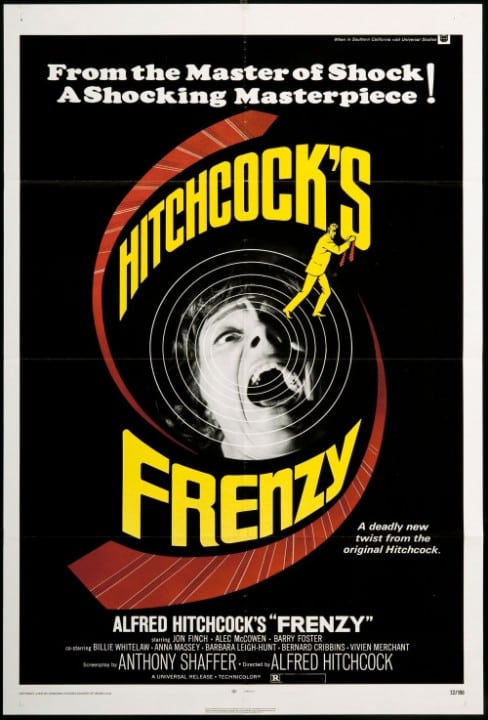
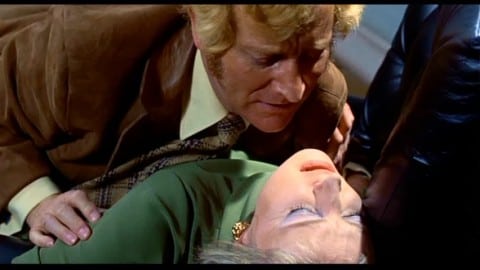
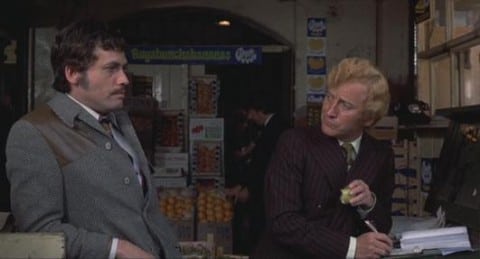




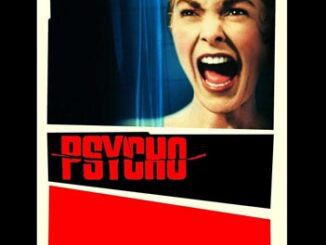
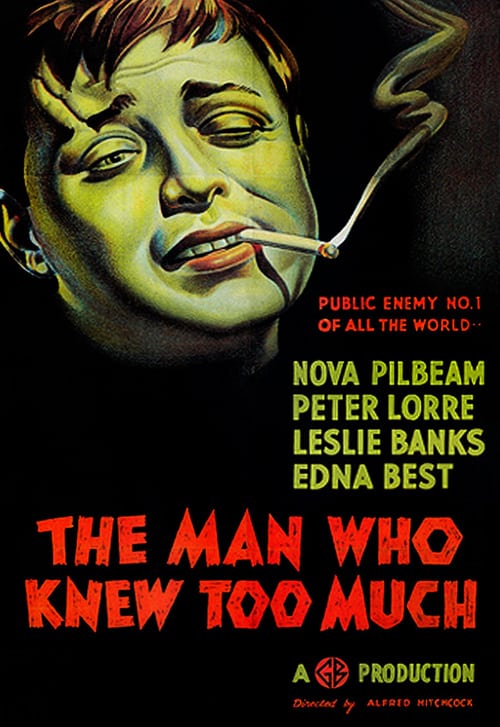
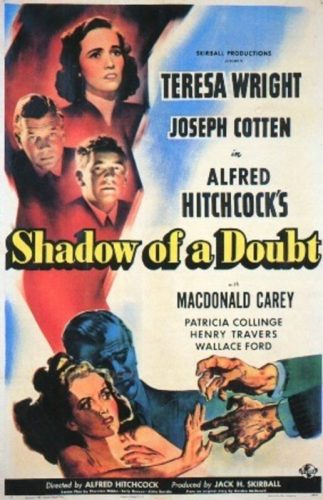
Be the first to comment